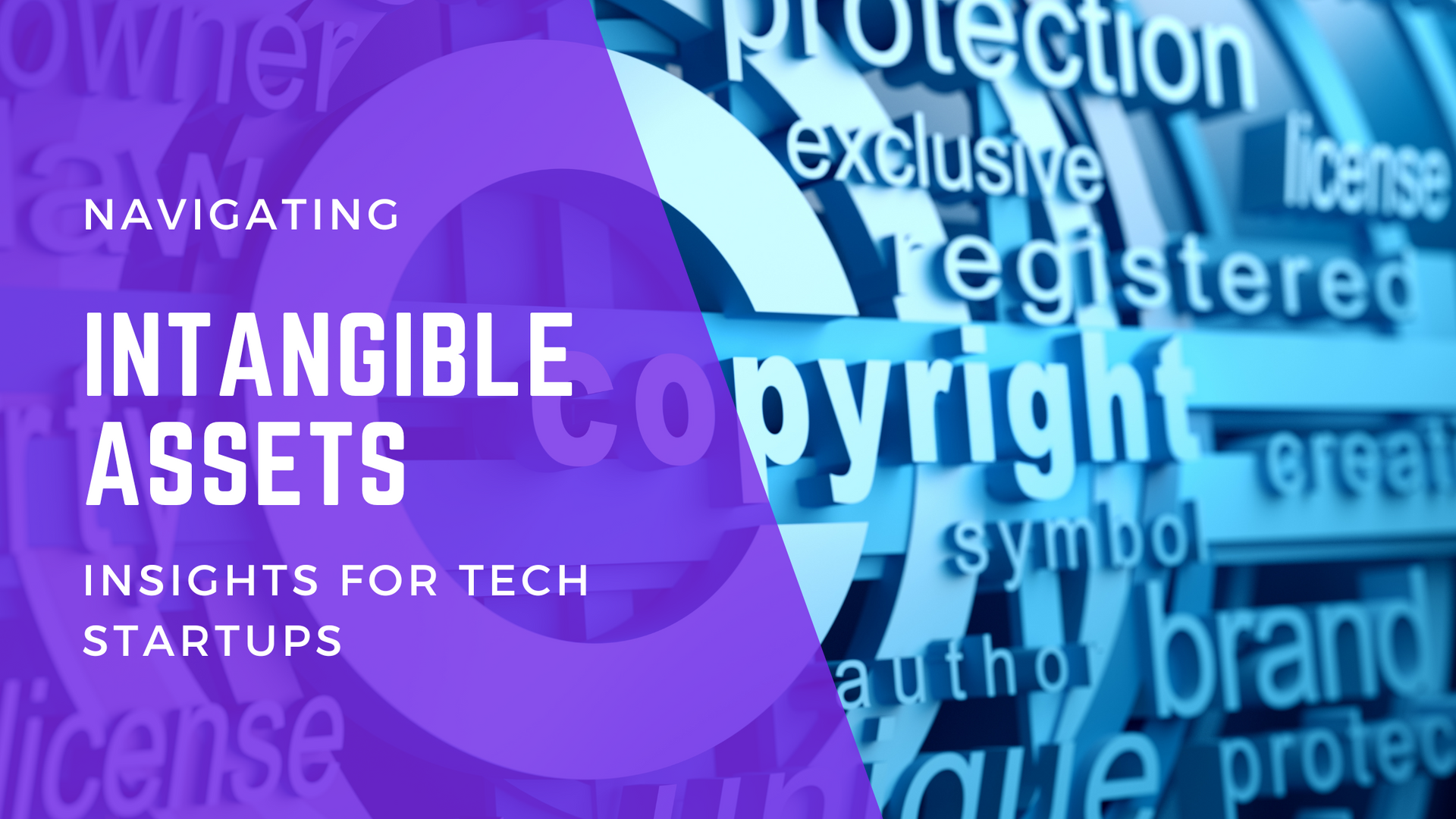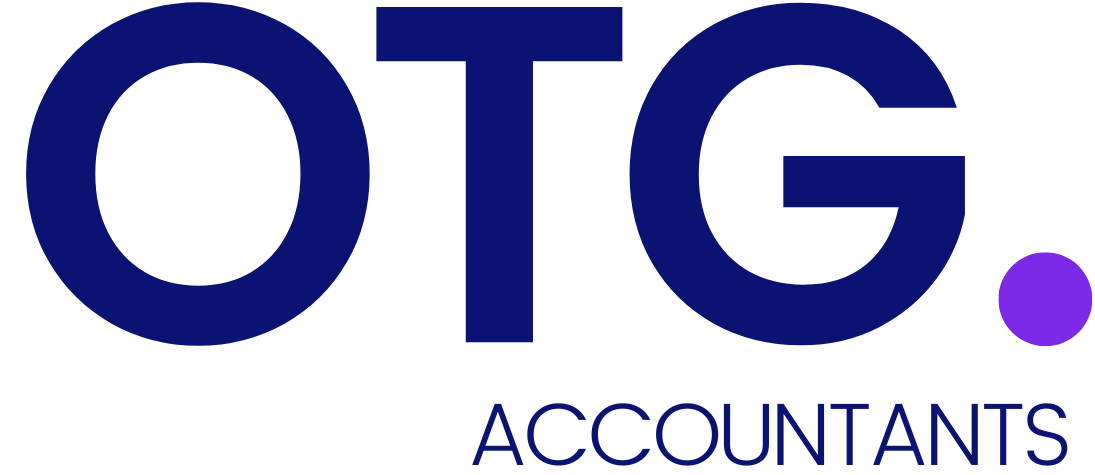What are profit and loss accounts? What all tech founders should know
One of the most common questions that new tech founders ask is ‘What are profit and loss accounts?’ These vital business statements give company owners information about the financial health of the organisation as well as insight into exactly where money is being made and spent.
So, what exactly are profit and loss accounts?
Profit and loss accounts are statements detailing the revenues and costs of a business. The P&L is also sometimes known as the income statement or the income and expenditure statement. Income may take a few different forms and could include trading sales, interest income, income from asset sales, exchange rate profits to name a few. It’s likely that the expense part of the P&L is categorised in more detail so that the business owners and managers can see clearly where money is being spent.
Why you should review your P&L
Business owners who want to understand their current profit and loss account position should review the statement at least once a month. The income statement can be very simple such as
| £ | |
|---|---|
| Revenue | 1,000 |
| Expenses | (600) |
| Profit/(Loss) | 400 |
Or you might want to break it down a bit more to understand your core operating gross and net profits:
| £ | |
|---|---|
| Trading sales | 980 |
| Cost of goods sold | (300) |
| Gross profit | 680 |
| Operating expenses | (290) |
| Net operating profit | 390 |
| Other income | 20 |
| Non-operating expenses | (10) |
| Profit before tax | 400 |
Let’s understand each line item on the above P&L.
Trading sales – this is the gross sales revenue achieved from selling your products or services. It does not include any income from other activities such as sales of assets or interest income.
Cost of goods sold – this is the raw materials and production costs of making your product. It includes direct staff costs, materials and distribution costs, but excludes general overheads such as rent, energy and marketing costs.
Gross profit – this is Trading sales less the cost of goods sold. It shows you how profitable your core product/service is.
Operating expenses – these are all the other costs associated with operating your core business. It includes admin costs, travel, entertaining, fuel, subscriptions and so on.
Net operating profit – this is the gross profit less the operating expenses. This shows how profitable your business is without taking into account taxes, interest payments and asset depreciation.
Other income – this includes any other income from non-trading activities such as interest income from bank deposits.
Non-operating expenses – this includes any other expenses such as income tax and interest expenses.
Profit before tax – this is your taxable profit for the period (or loss to be carried forward to the next period)
Expense breakdowns in your profit and loss account
On the P&L account, you can breakdown your operating expenses further so you can track how much you are spending on staff costs, equipment, finance, admin and so on. It’s important to set a budget for the year for each spend area and review your actuals against budget to account for any variances. If you never check what’s in your profit and loss accounts, it’s easy for costs to spiral out of control.
Profit and loss accounts provide key data for owner and investor decision making and the information feeds into tax returns, so it must be accurate. Some small businesses keep their accounts using spreadsheets and may never produce a full P&L statement. If you keep your accounts using an online tool such as Xero, the P&L is one of the standard reports that you can download quickly wherever and whenever you like.
Your monthly review could include the following checklist:
- What is the bottom line? Have you made a profit or loss for the period?
- How do your numbers compare to the previous period? Is your business growing or contracting?
- How well controlled are your operating expenses? Have you gone over budget, or do you need to invest more in certain areas?
- If you are using a spreadsheet, be careful to ensure that all the rows and columns add up because it is easy to miss figures which would introduce errors into the calculations.
From 1 April 2024, all businesses or property landlords earning more than £10,000 per annum will be required to submit their Income Tax Self-Assessment (ITSA) using approved online software packages such as Quickbooks or Xero. This is known as Making Tax Digital (MTD) and if are using an offline bookkeeping method such as paper or a spreadsheet, you will need to go digital from the deadline. To get a head start on
MTD
for ITSA, why not get in touch today.
If you need support with understand what the profit and loss accounts in your business mean, get in touch with
David Masih, our client relationship partner. David can explain how we can train you so that reading your P&L becomes straightforward. Call 03330 067 123 or email
info@onthegoaccountants.co.uk.





